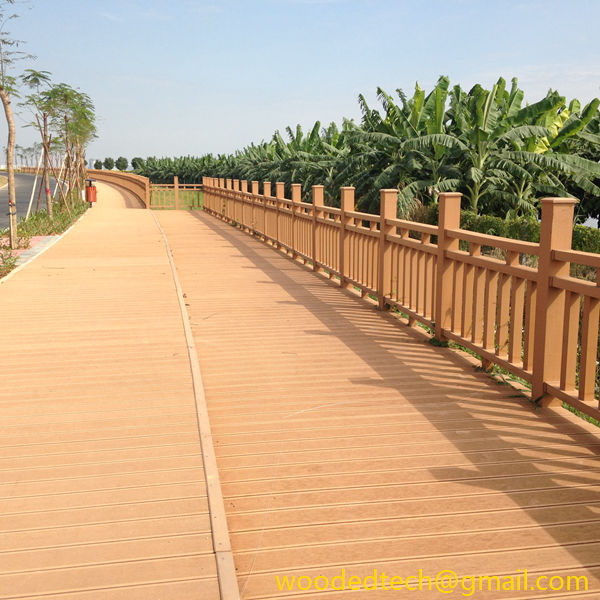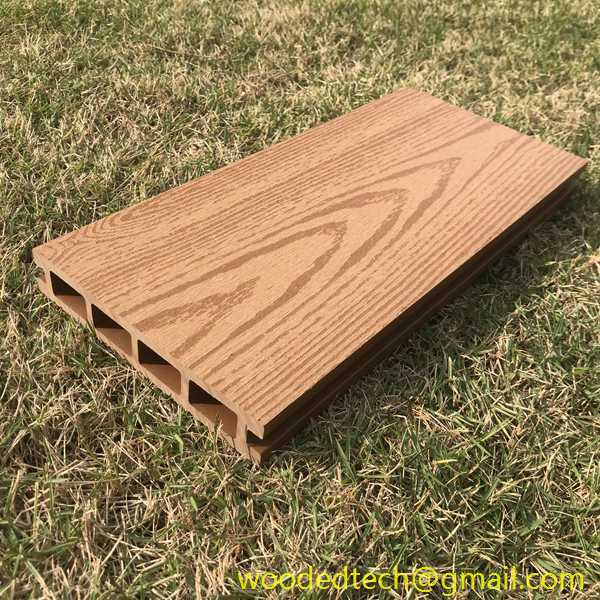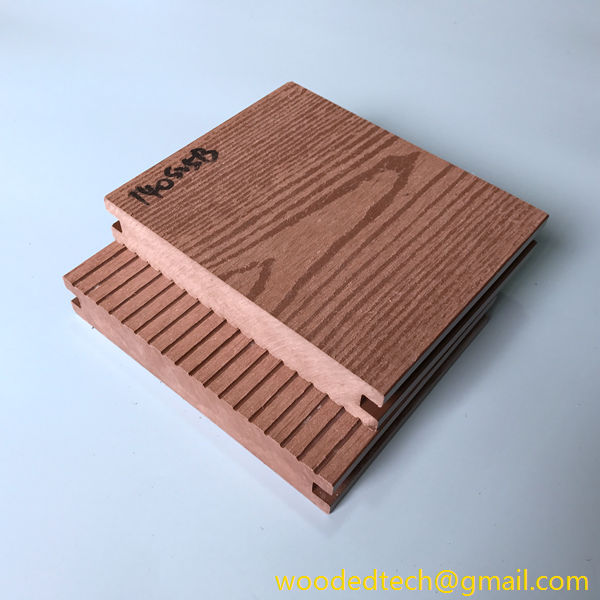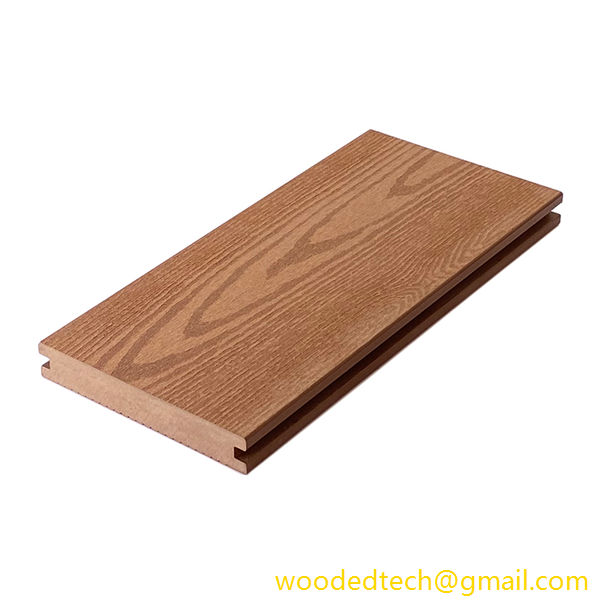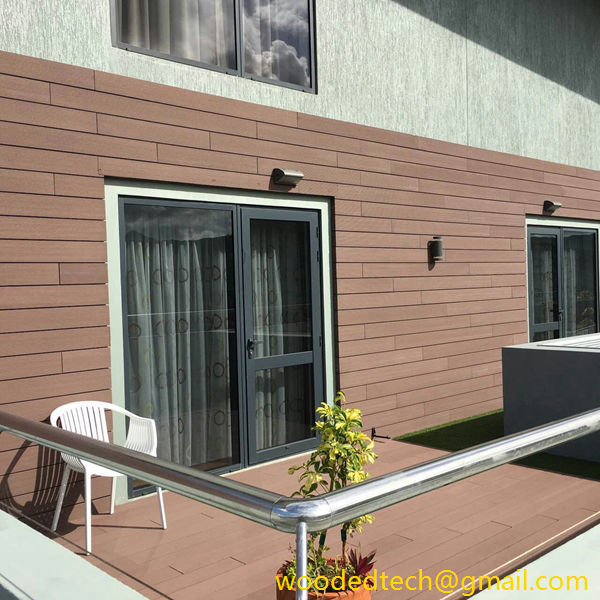Plastic wood is an innovative material that has gained popularity in the construction industry due to its unique properties and advantages over traditional wood. It is primarily made from recycled plastic materials, offering an eco-friendly alternative to conventional wood products. The adoption of plastic wood in construction is not only a sustainable choice but also presents several practical benefits in terms of installation and maintenance.
One of the primary uses of plastic wood in construction is for decking. Traditional wooden decks require regular maintenance, including staining, sealing, and repairing. In contrast, plastic wood decking is designed to withstand the elements without the need for frequent upkeep. It is resistant to rot, decay, and insect damage, making it an ideal choice for outdoor applications. When installing plastic wood decking, the process is similar to that of traditional wood, but it is generally easier due to its lightweight nature. Additionally, plastic wood does not splinter, which enhances safety during installation and use.
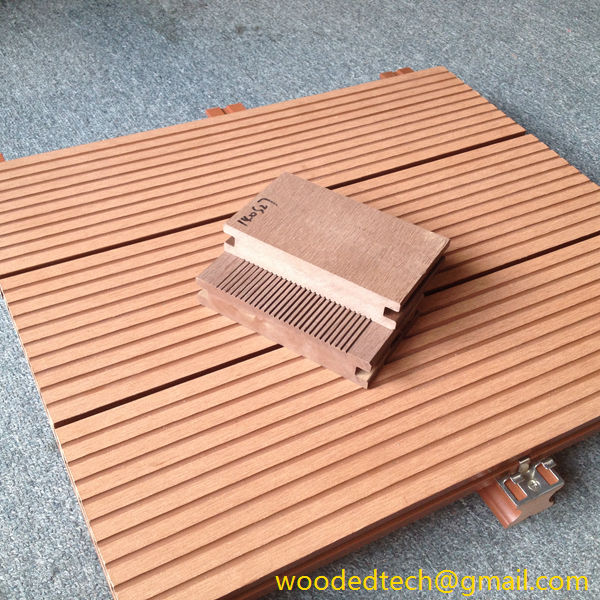
Another significant application of plastic wood is in the construction of fences and railings. These structures are often exposed to harsh weather conditions, which can lead to deterioration over time. Plastic wood provides a durable solution that does not warp, crack, or fade, ensuring that the fence or railing maintains its appearance and strength for years. During installation, plastic wood can be easily cut and shaped using standard tools, allowing for seamless integration into various design styles. Moreover, maintenance is minimal; a simple wash with soap and water is often sufficient to keep the material looking new.
In addition to decking and fencing, plastic wood is increasingly used for outdoor furniture. Chairs, tables, and benches made from plastic wood offer a blend of aesthetic appeal and practicality. They are designed to endure the rigors of outdoor use, resisting weather-related damage while retaining their color and finish. When installing plastic wood furniture, assembly is straightforward, and the lightweight nature of the material makes it easy to move and rearrange. Maintenance is also hassle-free, as these pieces do not require regular staining or sealing. Cleaning is typically as simple as wiping down surfaces, making them a popular choice for parks, patios, and commercial spaces.
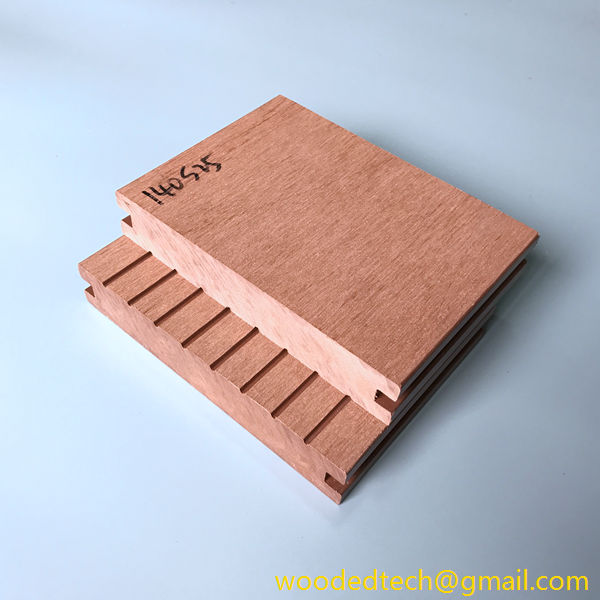
Plastic wood is also utilized in landscaping projects. It can be used for garden beds, planters, and edging, providing a clean, modern look that complements natural environments. The installation of plastic wood landscape features is straightforward, as the material can be cut to size and shaped according to specific design needs. The durability of plastic wood means that it can withstand the rigors of soil and moisture without deteriorating, ensuring that landscaping elements remain intact over time. Maintenance requirements are minimal; periodic cleaning is usually all that is needed to keep the landscape looking fresh.
In terms of sustainability, plastic wood offers a significant advantage over traditional materials. By using recycled plastics, the construction industry can reduce waste and decrease its carbon footprint. This aspect of plastic wood not only appeals to environmentally conscious consumers but also aligns with the growing trend towards sustainable building practices. The long lifespan of plastic wood products means that they do not need to be replaced as frequently as their wooden counterparts, further contributing to resource conservation.
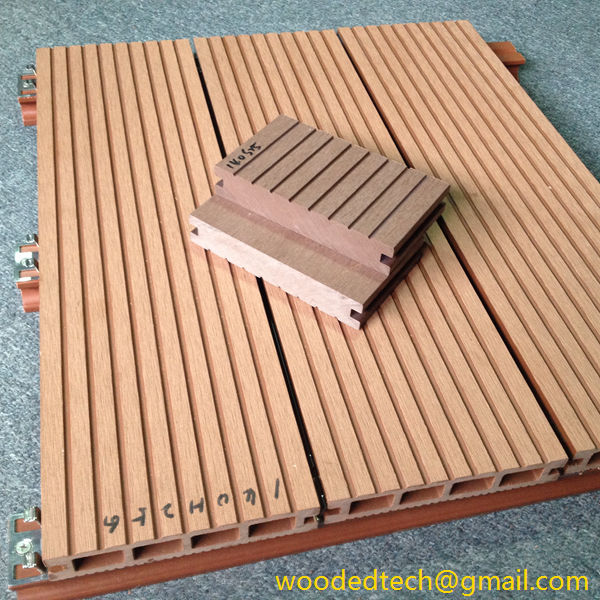
When considering the installation of plastic wood products, it is essential to follow manufacturer guidelines to ensure optimal performance. Proper installation techniques can enhance durability and longevity, minimizing the need for repairs or replacements. Additionally, using high-quality fasteners and connectors specifically designed for plastic wood can improve the overall stability of structures.
Maintenance of plastic wood is generally straightforward, but periodic inspections are advisable to ensure that the material remains in good condition. Checking for any signs of wear, such as scratches or discoloration, allows for timely intervention if needed. Regular cleaning helps maintain the aesthetic appeal of plastic wood products, ensuring that they continue to enhance the overall look of a construction project.
In conclusion, plastic wood is a versatile material with numerous applications in the construction industry. Its benefits in terms of durability, low maintenance, and sustainability make it an attractive choice for a wide range of projects, from decking and fencing to outdoor furniture and landscaping. By following appropriate installation techniques and maintenance practices, contractors and builders can maximize the advantages of plastic wood, ensuring that their projects stand the test of time while contributing positively to the environment. As the demand for sustainable building materials continues to grow, plastic wood is poised to play an increasingly significant role in the future of construction.

